It’s no secret that cats are highly finicky creatures. In the fierce battle around cat food selection, there is only one winner, and it’s never the human! Which cat parent has never surrendered and changed food brands just to stop seeing his cat insolently meowing in front of a filled bowl?
If cat owners are so anxious about palatability, it’s because they know it’s the foundation of good health for their animal. The ideal cat food should combine sensorial attributes that will stimulate a cat’s delicate appetite, enabling him to benefit from the food’s nutritional properties.
Besides the manufacturing process, raw materials and ingredients as well as nutritional value can strongly affect kibble smell, taste, texture, all of which contribute to palatability. While there is no magical formula to create the most palatable cat food, there are some golden rules for designing kibbles that cats will love.
Follow the recipe!
Use palatants
Palatability enhancers are essential to ensure cat food enjoyment. You will never reach an acceptable consumption level without using palatant.
Indeed, 100% of cats* prefer a kibble coated with a palatant over the same kibble left uncoated.
To achieve your target, you should select palatants with the greatest efficacy at improving cat food palatability.
a. Powders
 Powder is the most powerful form of palatant for increasing cat food palatability. Indeed, feline preferences are mostly driven by taste. Highly concentrated in sapid compounds, powders are extremely effective at stimulating a cat’s taste buds.
Powder is the most powerful form of palatant for increasing cat food palatability. Indeed, feline preferences are mostly driven by taste. Highly concentrated in sapid compounds, powders are extremely effective at stimulating a cat’s taste buds.
Moreover, powders offer great flexibility in formulation. For instance, increasing the dosage of a super-premium powder palatant from 1 to 2% allows a significant food palatability increase in 90% of cases*.
This is a winning bet!
b. Super premium
 Premium-level palatants can satisfy a majority of cats. But moving from a premium to a super-premium palatant, in either liquid or powder form, takes a formula a step higher in palatability in 70% of cases*.
Premium-level palatants can satisfy a majority of cats. But moving from a premium to a super-premium palatant, in either liquid or powder form, takes a formula a step higher in palatability in 70% of cases*.
Super-premium palatability enhancers can seduce the pickiest cats.
c. Liquids
 Liquid palatability enhancers can help you design kibbles that are visibly more palatable.
Liquid palatability enhancers can help you design kibbles that are visibly more palatable.
How?
Used in addition to powder, liquid palatants produce cat behaviors that are perceived positively by owners. For instance, cats eating food with liquid palatants are generally more focused on their bowl *.
Moreover, because they significantly improve the smell of cat food, liquid palatants are particularly important in the early phase of the meal, during which they facilitate food recognition and improve attractiveness.
Cats are more likely to run to their bowl and immediately start eating when their food contains liquid palatants.
NB: Selecting the best cat palatants is one thing; applying them correctly on the kibble is another. It is essential for a coating to be applied thoroughly and homogeneously to ensure the best delivery of palatants.
Dry the kibbles
Kibble moisture is another major criterion of cat food palatability.
The water content of super-premium cat kibbles generally ranges from 5.5% to 6.5% while the moisture content of premium kibbles is around 7.5%.
When they have the choice, cats always prefer the driest kibbles. They are able to detect a difference of humidity between two kibbles as low as 0.5 points, and a decrease of 2 points water content leads to a highly significant increase in consumption.
- When it comes to water content, the lower the better.
Increase protein level
Of course, kibble protein content should fit nutritional recommendations, but if you can increase it, then increase it!
For instance, augmenting kibble protein content by 10 points in a range from 25 to 45% leads to a robust and significant increase of consumption in 70% of cases*.
- When it comes to protein content, the higher the better.
Mind the raw materials
If you have followed the above guidelines when conceiving your cat kibble, you’re close to the goal. However, there is one last thing you need to know: raw materials are key to optimizing your food’s palatability.
a. Quality of raw materials
 Animal flours, fat, starch… whatever raw material you add in your formula, you need to be sure of its quality. A “bad” raw material can ruin all your efforts to please Kitty.
Animal flours, fat, starch… whatever raw material you add in your formula, you need to be sure of its quality. A “bad” raw material can ruin all your efforts to please Kitty.
Of course, all the elements comprising your formula must be as fresh as possible. Besides the risk they might pose to health, oxidized or spoiled raw materials can alter a food’s organoleptic properties.
Moreover, consistency in raw materials and ingredients is critical in terms of palatability. Above and beyond stable proximal analysis, raw material origin and process must also be consistent. Two poultry meals with similar protein, ash and fat content might have radically different palatability levels depending on the chicken part used or the process temperature.
Raw material changes should be validated systematically on the palatability side.
b. Protein origin
 Protein origin in pet food raises numerous nutritional and ethical issues.
Protein origin in pet food raises numerous nutritional and ethical issues.
From a palatability point of view, it is true that cats generally prefer animal proteins over vegetal meals like soy meal, for instance.
However, some vegetable proteins, like pea protein, can compete with animal meals in terms of palatability. They can be used sparingly as alternative sources in specific super-premium veggie diets for instance.
c. Fresh meat
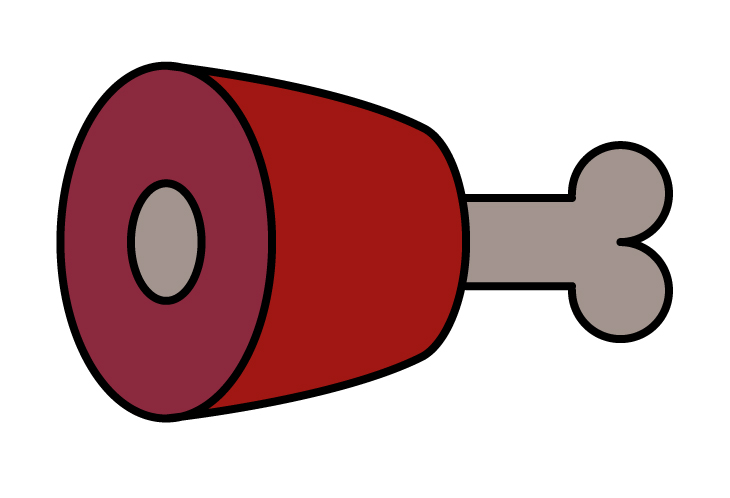 Fresh meat is more than trendy on the shelf; it can also lead to some improvement in palatability.
Fresh meat is more than trendy on the shelf; it can also lead to some improvement in palatability.
However, the palatability potential of fresh meat depends on its composition, the amount incorporated, and the way it is processed.
Fresh meat selection and inclusion must be done carefully.
d. Starch origin
 Starch origin also influences palatability, but to a lesser extent than protein origin. In general, corn and rice are preferred over wheat.
Starch origin also influences palatability, but to a lesser extent than protein origin. In general, corn and rice are preferred over wheat.
The real secret is to use a balanced composition of grains in the formula.
e. Fat
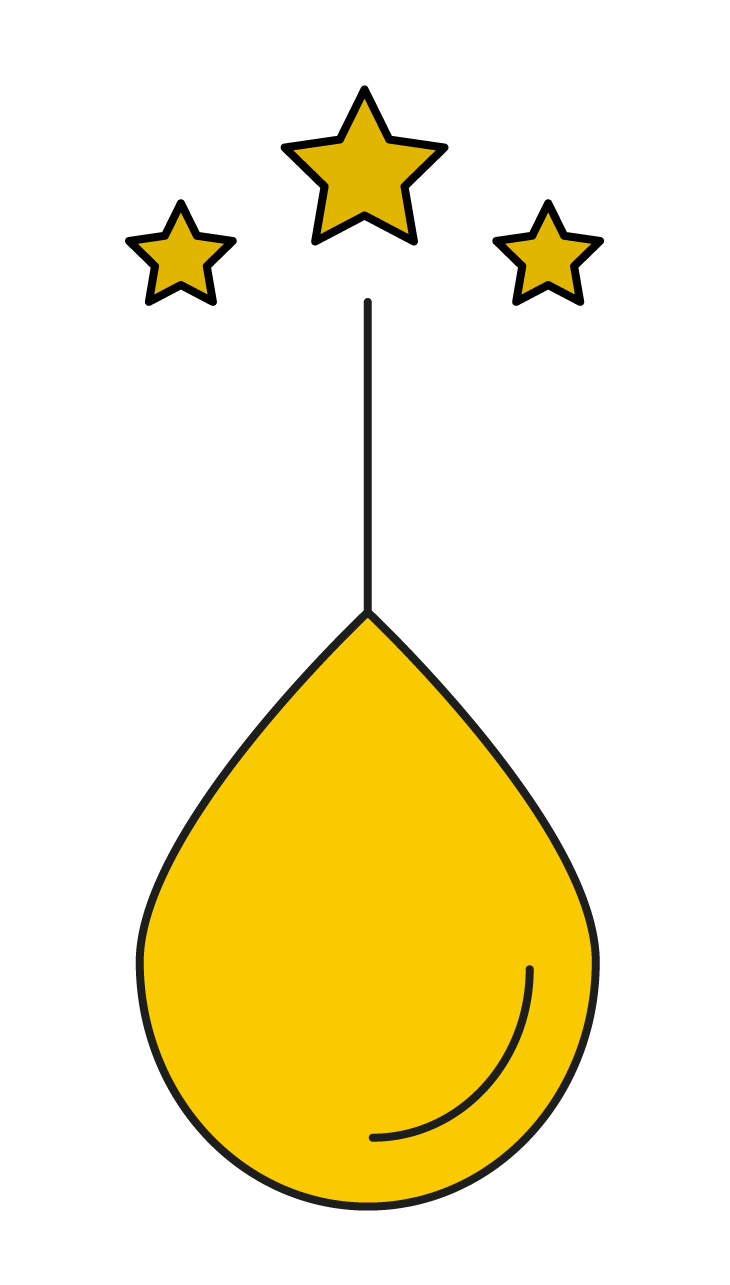 Proper fat application on kibble is crucial for a palatant’s efficacy, but its origin is not especially important. Beef, pork, or poultry can all be effective.
Proper fat application on kibble is crucial for a palatant’s efficacy, but its origin is not especially important. Beef, pork, or poultry can all be effective.
What really counts is the quality of the fat, which must be gently processed and carefully stabilized.
*These data come from more than 500 palatability monadic and versus tests conducted by Symrise Pet Food in expert and in-home cat panels. Percentages represent the proportion of versus tests in which the evaluated parameter leads to a significant increase in food consumption. The remaining tests led to parity. Factors evaluated never generated palatability decrease.
Take-home points
- Several elements of a cat food formula affect its sensorial properties
- Super-premium powder palatants are essential to make palatable cat food
- Liquid palatants are a good option because they generate noticeable signs in cats of food enjoyment, which are highly appreciated by cat parents
- Cats prefer kibbles with low moisture levels and high protein content
- Raw material quality and origin should be carefully controlled to ensure palatability
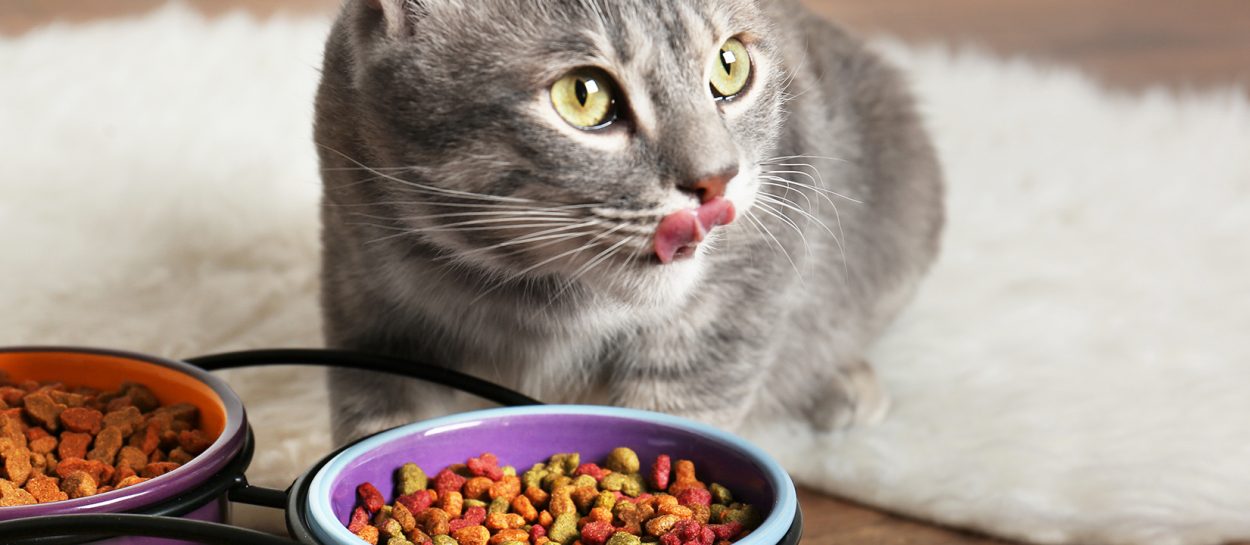





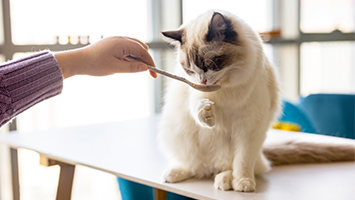
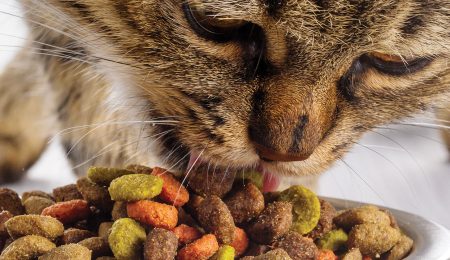
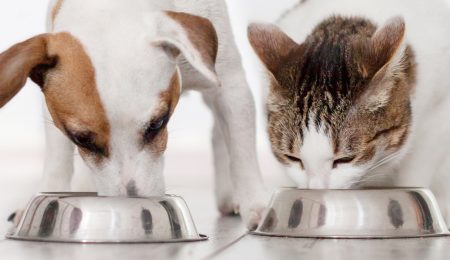
* required fields